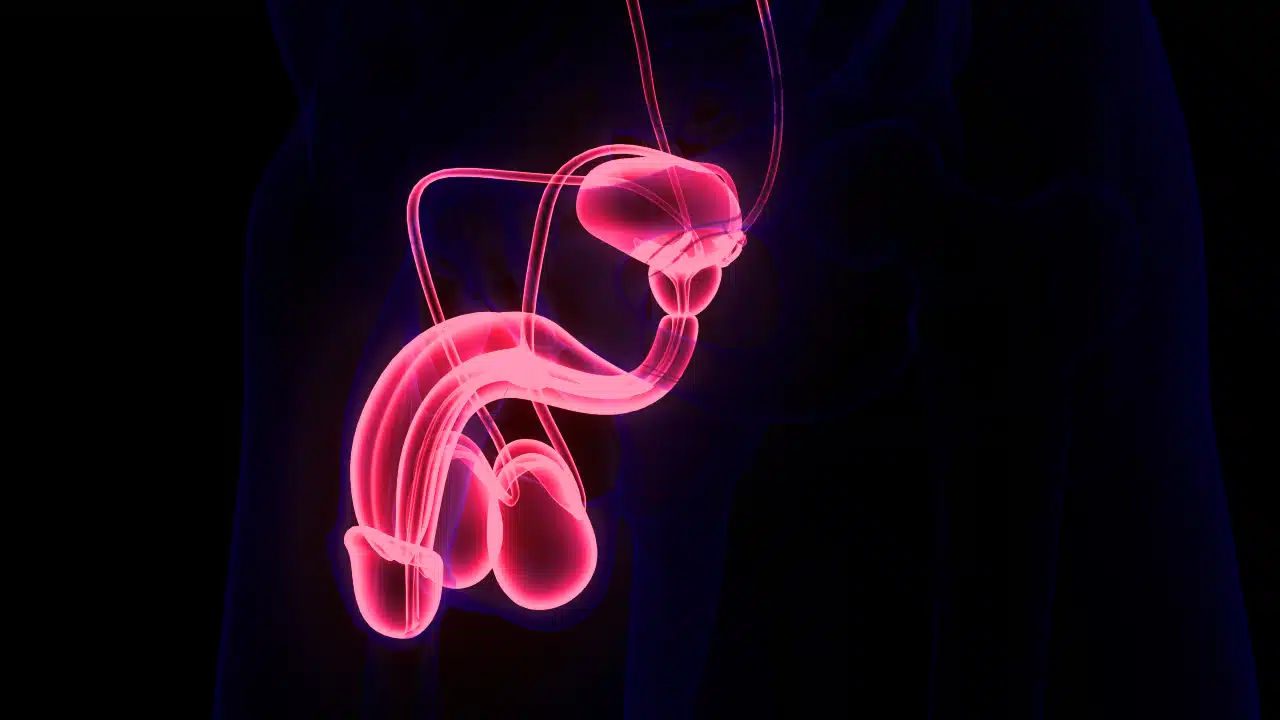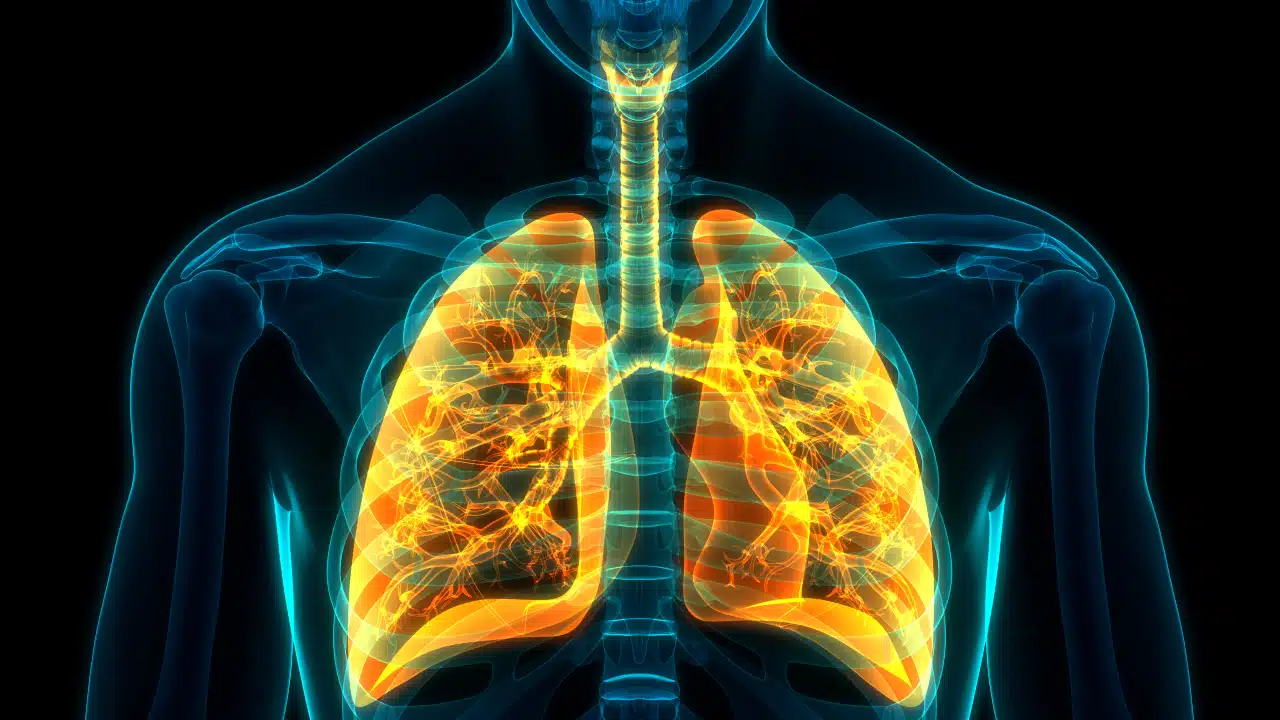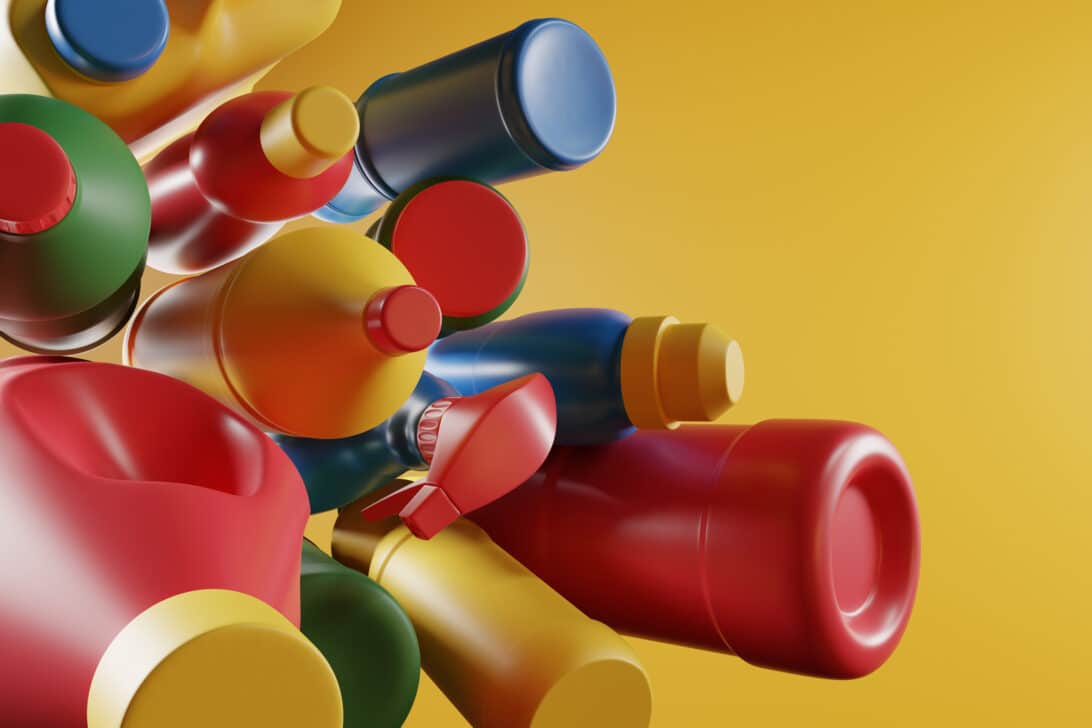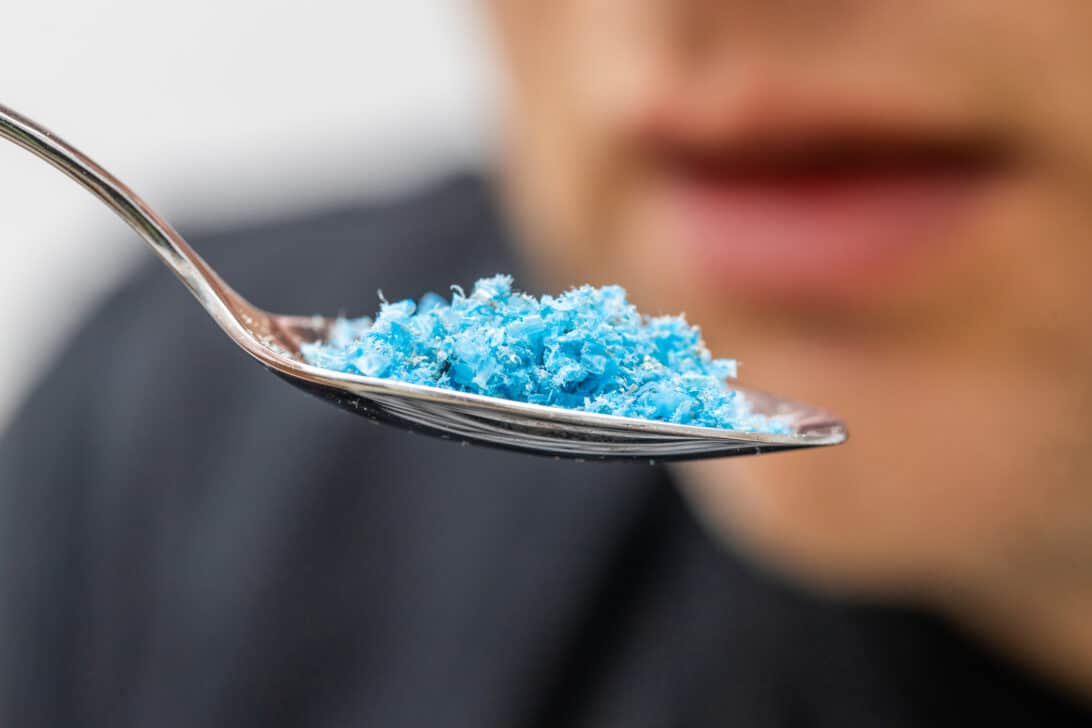Researchers have found that human testicles contain microplastics at levels three times higher than those found in animal testes and human placentas.
Published in May in the journal Toxicological Sciences, the small-scale study tested 23 preserved testes from cadavers aged 16 to 88, identifying 12 types of plastics in these samples compared to those found in the testes of 47 dogs.
Matthew Campen, a toxicologist and regents’ professor at the University of New Mexico, stated that these plastics are typically nano-scale, less than half a micron in length and between 20 to 200 nanometers in width. These minuscule particles can invade individual cells and tissues, potentially disrupting cellular processes and depositing harmful endocrine-disrupting chemicals such as bisphenols, phthalates, flame retardants, PFAS, and heavy metals.
The study highlights that endocrine disruptors can interfere with the human reproductive system, potentially leading to reproductive issues such as genital malformations, infertility, and a decline in sperm count. Notably, sperm counts in some parts of the world, including the United States, have reportedly declined by at least 50% over the past 50 years.
Contrary to expectations, the study found higher levels of plastics in the testicles of men during their peak reproductive years (ages 20-45) rather than in older men. This suggests that the human body may eliminate these plastics over time, although younger testicles may absorb more plastic due to their higher energy requirements.
The study also noted that the levels of microplastic shards in human testes were three times greater than those found in dogs, illustrating a significant exposure to plastic in humans. Polyethylene, followed by polyvinyl chloride (PVC), were identified as the predominant types of polymers present.
Comparatively, earlier research led by Campen in February showed microplastics in human placentas at levels of 6.5 to 790 micrograms per gram of tissue. The latest findings suggest a higher concentration of microplastics in testicular tissue compared to placental tissue.
This research adds to a growing body of evidence that microplastics can impact human health, influencing hormonal and reproductive functions. Researchers emphasize the need for further studies to understand the full implications of microplastics on human health, highlighting an urgent call for more research on this topic.
Subscribe
Sign-up to receive our newsletter





